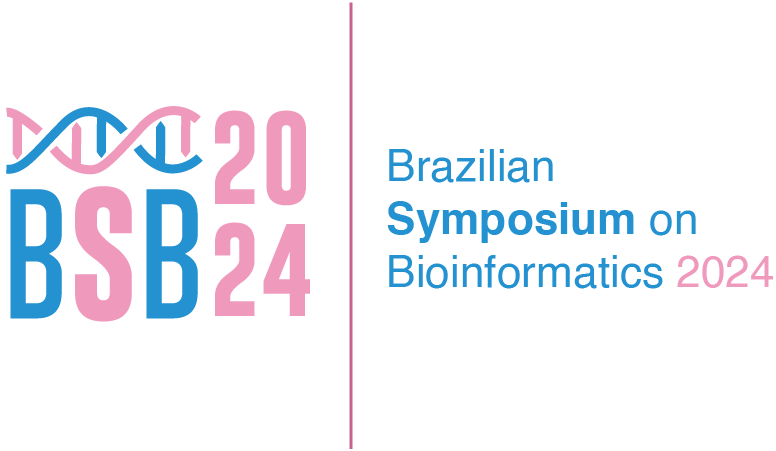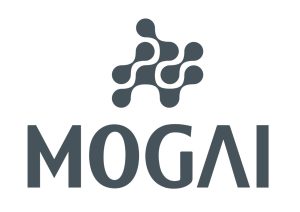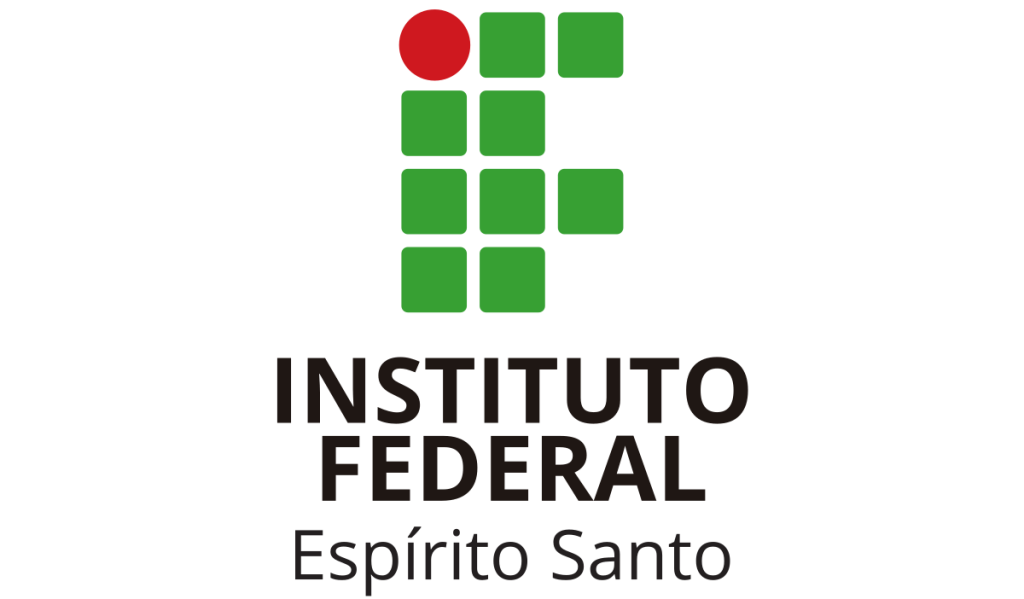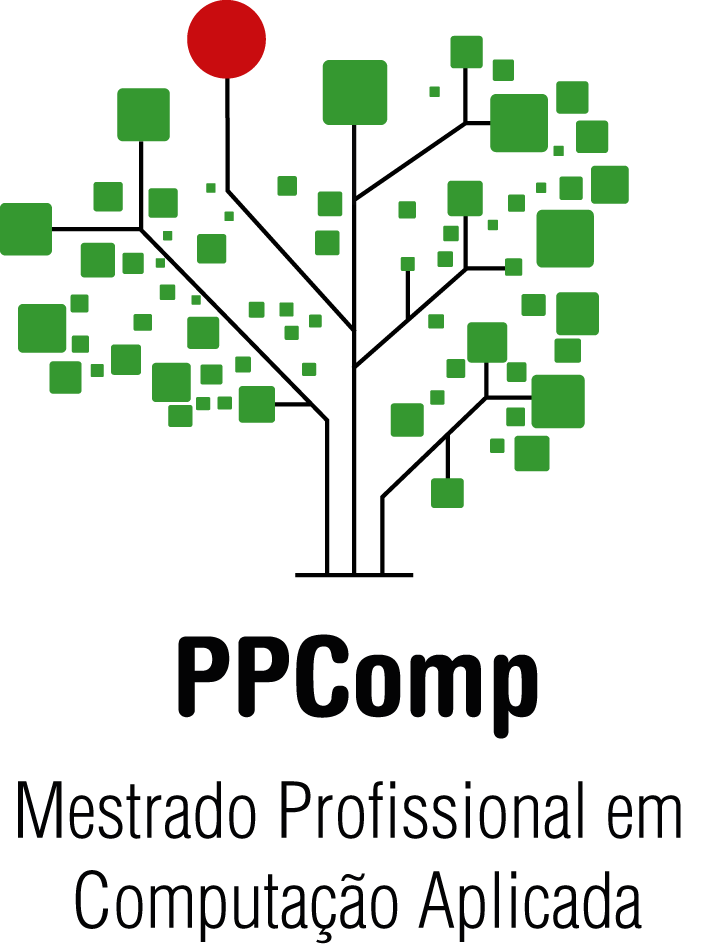

Maria Emilia Walter
Talk: Women in science, and in bioinformatics
Short Bio:
Dr. Maria Emilia Machado Telles Walter has a bachelor’s degree in Mathematics from the University of Brasilia (1980), a master’s degree in Mathematics from the University of Brasilia (1986) and a doctorate in Computer Science from the State University of Campinas (1999). She is currently an associate professor at the University of Brasília. She has experience in Computer Science, with an emphasis on Bioinformatics and Computational Biology, working mainly on the following topics: high-performance genomic sequencing projects, comparative genomics, identification and classification of non-coding RNAs and genome rearrangements. From 2017 to 2020, and from 2021 to 2024, she was Pro-Rector of Research and Innovation at the University of Brasília.

Peter Stadler
Talk: Cores in the Qualitative Analysis of Paramater-Rich Chemical Reaction Networks
Parameter-rich CRNs are built upon kinetic laws that have sufficient flexibility to allow the independent choice of fixed-point coordinates and the absolute numerical values of the non-zero entries of the Jacobian. Although this seems to be a tall order, Michaelis-Menten and generalized mass action kinetics are of this type. In this setting, the existence of choices of
parameters that make a given inner fixed point Hurwitz unstable is determined entirely by the stoichiometric matrix. The existence of parameter choices that ensure certain dynamical properties, such as the existence of unstable fixed points in this setting depends only on the existence of certain sub-matrices of the stoichiometric matrix. Minimal subsystems of type have been called cores. Of particular interest are unstable cores, which ensure the existence of dynamical instabilities and the autocatalytic cores introduced by Ph. Nghe. It turns out that autocataltyic cores are the proper subset of unstable cores that have the form of Metzler matrices. Autocatalysis, therefore can always act as source of instability given suitable choices of parameters, but there are also other causes of dynamic instability, entirely unrelated to autocatalysis.
This is joint work with Nicola Vassena.
Short Bio:
Dr. Peter F. Stadler is a Full Professor of Bioinformatics at Leipzig University. The overarching theme of his research interests is the search for a consistent understanding of biological processes (with an emphasis on (molecular) evolution) at the genotypic, phenotypic, and dynamical level. He studies Chemistry, Physics, Mathmatics and Astronomy at the University of Vienna, where he received his PhD in Chemistry in 1990. Following a PostDoc appointment at the Max-Planck-Institute for Biophyiscal Chemistry in Goettingen, he returned to Vienna, where he obtained his Habilitation and then became Associate Professor of Theoretical Chemistry, before moving to Leipzig in 2002. He has been an External Professor at the Santa Fe Insitute since 1993 and an External Scientific Member of the Max-Planck-Society since 2010. He has been a member of many national and international collaborations, serves in the editorial boards of several journals including Theory in Biosciences, Algorithms for Molecular Biology, and RNA.

Giancarlo Guizzardi
Talk: Explanation and Interoperability
It is well-known by now that, of the so-called 4Vs of Big Data (Velocity, Volume, Variety and Veracity), the bulk of effort and challenge is in the latter two: (1) data comes in a large variety of representations (both from a syntactic and semantic point of view); (2) data can only be useful if truthful to the part of reality that it is supposed to represent. Moreover, the most relevant questions we need to have answered in science, government and organizations can only be answered if we put together data that reside in different data silos, which are produced in a concurrent manner by different agents and in different points of time and space. Thus, data is only useful in practice if it can (semantically) interoperate with other data. Every data schema represents a certain conceptualization, i.e., it makes an ontological commitment to a certain worldview. Issue (2) is about understanding the relation between data schemas and their underlying conceptualizations. Issue (1) is about safely connecting these different conceptualisations represented in different schemas. To address (1) and (2), we need to be able to properly explain these data schemas, i.e., to reveal the real-world semantics (or the ontological commitments) behind them. In this talk, I discuss the strong relation between the notions of real-world semantics, ontology, and explanation. I will present a notion of explanation termed Ontological Unpacking, which aims at explaining symbolic representation artifacts (conceptual models connected to data schemas, knowledge graphs, logical specifications). I show that these artifacts when produced by Ontological Unpacking differ from their traditional counterparts not only in their expressivity but also on their nature: while the latter typically merely have a descriptive nature, the former have an explanatory one. Moreover, I show that it is exactly this explanatory nature that is required for semantic interoperability. I will also discuss the relation between Ontological Unpacking and other forms of explanation in philosophy and science, as well as in Artificial Intelligence. I will argue that the current trend in XAI (Explainable AI) in which “to explain is to produce a symbolic artifact” (e.g., a decision tree or a counterfactual description) is an incomplete project resting on a false assumption, that these artifacts are not “inherently interpretable”, and that they should be taken as the beginning of the road to explanation, not the end. Finally, I will illustrate our approach with the unpacking of a prominent Viral Conceptual Model (VCM).
Short Bio:
Dr. Giancarlo Guizzardi is a Full Professor of Software Science and Evolution as well as Chair and Department Head of Semantics, Cybersecurity & Services (SCS) at the University of Twente, The Netherlands. He is also an Affiliated/Guest Professor at the Department of Computer and Systems Sciences (DSV) at Stockholm University, in Sweden. He has been active for nearly three decades in the areas of Formal and Applied Ontology, Conceptual Modelling, and Advanced Information Systems Engineering, working with a multi-disciplinary approach in Computer Science that aggregates results from Philosophy, Cognitive Science, Logics and Linguistics. Over the years, he has delivered keynote speeches in several key international conferences in these fields (e.g., ER, CAiSE, BPM). He is currently an associate editor of several journals including Applied Ontology and Data & Knowledge Engineering, a co-editor of the Lecture Notes in Business Information Processing series, and a member of several international journal editorial boards. He is also a member of the Steering Committees of ER, CAiSE, EDOC, and IEEE CBI, and of the Advisory Board of the International Association for Ontology and its Applications (IAOA). Finally, he is an ER Fellow.s, luctus nec ullamcorper mattis, pulvinar dapibus leo.

Yayoi Natsume-Kitatani
Talk: Data-driven patient stratification and drug target discovery with clinical information and omics data
Medical information (electronic medical records) accumulated in daily medical practice can be a valuable asset that has the potential to be effectively utilized for better medical care and drug discovery. On the other hand, there have not yet been any remarkable successes in drug discovery, and there are still a number of issues to be solved in terms of data to be handled by AI. On the other hand, comprehensive analysis of biomolecules (omics analysis) has become a more familiar approach due to rapid technological innovation and cost reduction. There is a growing movement to compile databases of omics analysis results from patient-derived biopsies or blood samples as a means of gaining data-driven knowledge and understanding of diseases. However, due to the comprehensiveness of the data, it is not trivial to obtain knowledge from the data. The medical information and omics data are derived from patients in need of better medical care and new drugs, and are expected to revolutionize the drug discovery process, which has conventionally involved screening of drug candidate compounds in animal experiments. Therefore, we have been developing a novel method for patient stratification using such heterogeneous data in order to realize precision medicine, a new trend in drug discovery, by utilizing clinical information and omics data. In this presentation, I will introduce our approach to stratify diseases into subgroups without relying on prior knowledge such as existing biomarkers and diagnostic criteria, and to find drug targets based on the characteristics of these subgroups.
Short Bio:
Dr. Yayoi Natsume-Kitatani is an Acting Director of AI Center for Health and Biomedical Research and Project Leader of the Laboratory of Bioinformatics at the National Institutes of Biomedical Innovation, Health and Nutrition (NIBIOHN) in Japan. She earned her Ph.D. from the University of Tokyo in 2008, focusing on applied life sciences. Following her doctorate, she was a postdoctoral fellow at the Bioinformatics Center, Institute for Chemical Research, Kyoto University. In 2010, she became a researcher at the Japan Science and Technology Agency’s PRESTO program. Since 2015, she has been affiliated with NIBIOHN, leading projects that integrate AI and bioinformatics to accelerate drug discovery. Additionally, she holds concurrent positions as a specially appointed professor at Institute of Advanced Medical Sciences, Tokushima University and at Institute for Protein Research, Osaka University. Her work centers on utilizing artificial intelligence and machine learning techniques to analyze clinical data and omics datasets. She is a member of The Engineering Academy of Japan, and a Fellow of Asia-Pacific Artificial Intelligence Association.











